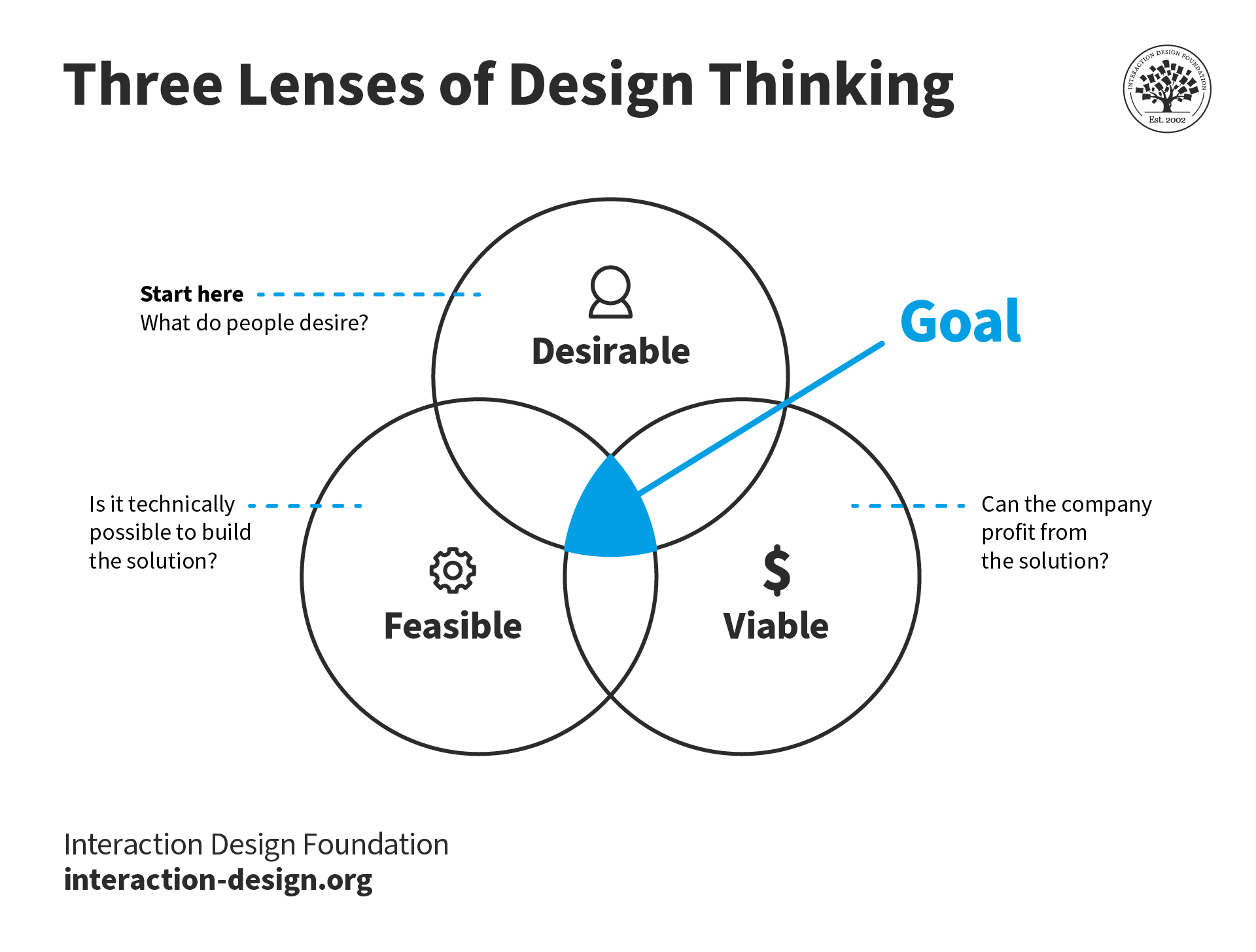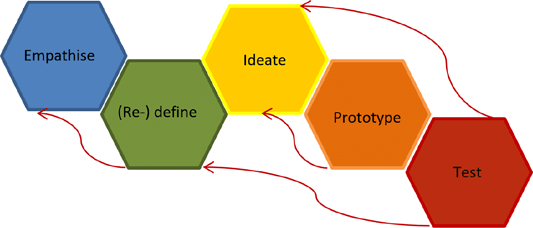16 Sep, 2024
Aashima Negi – Communication Specialist, Sustainable Management of Forest Ecosystem Services Project
Steve Jobs' quote emphasises that the essence of design lies in its functionality and effectiveness, not merely its aesthetics. This principle is particularly relevant when considering the role of design thinking in communication for sustainable resource management. Effective communication in this field is not solely about creating visually appealing materials but about ensuring these materials function well in conveying messages and engaging audiences.
In sustainable resource management, the challenge is often to translate complex data and technical concepts into formats that are clear, accessible, and compelling. Design thinking plays a crucial role here by serving as the bridge between raw data and meaningful understanding. This approach prioritises user-centered design by considering the needs, motivations, and perspectives of decision-makers, community members, and other consumers. By empathising with each group, the content will be tailored to communicate the importance of sustainable practices in ways that are both engaging and actionable, promoting a shared sense of responsibility and collaboration across all levels.
The term, ‘Design Thinking, originated in 1957 at Stanford University (Auernhammer and Roth, 2021), became popularized in the 1970s and 1980s but gained significant prominence in the 1990s with the establishment of IDEO, a prominent design and innovation company (Cai et al., 2023; Tomlinson,2018). By applying design principles, intricate information can be reshaped into engaging formats that stakeholders, policymakers, and the public can easily grasp and act upon.
 Source: Interaction Design Foundation
Source: Interaction Design Foundation
Design thinking is a flexible methodology that integrates empathy, creativity, and iterative problem-solving to address sustainable development issues. Originating in the fields of architecture and engineering, design thinking has evolved into a powerful approach for solving a variety of problems. It encourages thinking beyond traditional boundaries to find innovative solutions.
Unlike traditional innovation, which often stems from technological advancements or profit-driven decisions, design thinking starts with the human experience. It focuses on uncovering latent needs and using these insights to inspire solutions that resonate with people. In sustainable resource management, this human-centered approach is vital. Understanding that putting real people at the center of the development process enables to create services that resonate and are tailored to our audience’s needs. This also ensures that solutions are not just top-down directives but are co-created with those who will be most affected. An example of a successfully implemented approach involving all relevant stakeholders is presented in Box 1.
Storytelling is a key component of design thinking, allowing for the creation of narratives that connect on a deeper level. In sustainable management, storytelling can turn data into compelling stories that resonate emotionally with the audience. For example, instead of presenting data on deforestation, telling the story of a community's struggle with forest loss can galvanize public support and drive sustainable actions.
 Source: The Stanford Design Thinking Process
Source: The Stanford Design Thinking Process
The Five Stages of Design Thinking in Sustainable Solutions
Combining scientific knowledge with design thinking creates solutions that are both technically sound and socially viable. This collaboration is invaluable in environmental management, where conveying scientific concepts in an emotionally compelling way can enhance public understanding and support for sustainable initiatives.
Box 1: Participatory learning and co-design for integrating the Forest Ecosystem Services (FES) approach in forest management plans in Himachal Pradesh (Source: The Himachal Pradesh Forest Ecosystem Services Project, GIZ India)
Problem: Degraded forest areas and an unsustainable flow of ecosystem services
Background: Forests provide numerous tangible and intangible benefits known as forest ecosystem services (FES). The FES approach focuses on managing forests to provide the specific services communities depend on, recognizing that societal demands for these services vary. In Himachal Pradesh, nine villages were identified where community members heavily relied on these services for their daily needs.
Approach: The FES approach emphasised inclusivity, ensuring that all relevant stakeholders for forest management were involved. In consultation with these stakeholders, the forest ecosystem services derived from the forests were listed and prioritised. Using Participatory Rural Appraisal (PRA) methods, community-driven management plans were developed at the village level to enhance the flow of prioritized services. These management plans were simplified for the village communities to understand the interventions.
Implementation: The management plans, designed through participatory learning and co-design, were implemented at the nine locations. This user-centric, community-led solution became a successful pilot project, addressing the specific needs of the local population and ensuring that the flow of key ecosystem services was improved.
Results: The project led to an improved flow of prioritized ecosystem services at nine sites across Himachal Pradesh, directly benefiting 7,758 people and indirectly impacting 20,630 people.
Contribution to SDGs: 15-Life on Land
This approach promotes engagement, drives action, and ensures that solutions are sustainable and impactful. Ultimately, design thinking in communication empowers everyone to ask: "How can we make it better?" By blending human-centered design with creative problem-solving, we can move from innovative ideas to transformative impacts in sustainable resource management.
Furthermore, design thinking can be applied to shape the process of embedding sustainable development into an organization’s strategy and mission statement in a participatory manner (Müller and Schmidberger, 2022).
Resources:
We would like to hear from you. Write to us by clicking on the feedback button on top.
© 2014 IGBP. All Rights Reserved.
Site By: Virtualpages
